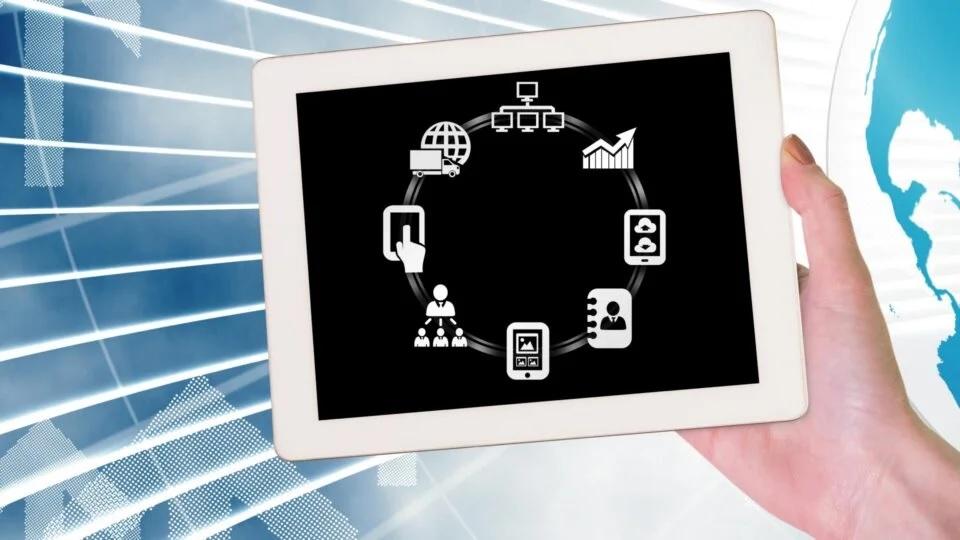The Dawn of the Paperless Era: How AI-Powered OCR Is Changing Business Forever

For years, the concept of a “paperless office” has been a popular industry buzzword, envisioning a future where businesses replace physical paperwork with digital efficiency. Despite technological advancements, many organizations still rely heavily on paper-based processes, with bulky filing systems and stacks of documents central to daily operations. A truly paperless world has long seemed unattainable—until now.
Enter optical character recognition (OCR), enhanced by artificial intelligence. By integrating OCR with AI and machine learning, businesses are experiencing a fundamental shift toward paperless workflows. OCR AI goes beyond merely digitizing paper; it transforms how organizations capture, analyze, and utilize data, unlocking new levels of efficiency, insight, and security.
This evolution marks more than just a step toward digitization—it represents a revolution in how businesses handle information, enabling them to thrive in an increasingly data-driven world.
From Scanned Images to Actionable Data
In its early days, document digitization was a rudimentary process: scanning paper created static image files that were as cumbersome to manage as physical documents. These files offered little functionality, making search and analysis slow and inefficient.
AI-powered OCR has redefined this process by transforming text in scanned documents into structured, searchable, and actionable data. This innovation allows businesses to quickly locate information, automate workflows, and extract valuable insights from previously inaccessible documents.
Industry Growth: OCR’s Rapid Expansion
The global OCR market is projected to reach $32.9 billion in revenue by 2030, growing at a compound annual rate of 14.8% from 2024 onward. This growth underscores OCR AI’s increasing role in reducing data-entry costs, minimizing human error, and enhancing productivity across industries such as finance, healthcare, and logistics.
Beyond Paperless: Surprising Benefits
While OCR AI is often linked to the paperless movement, its advantages extend far beyond digitization. By enabling instant access to information, it drives better decision-making, operational efficiency, and data security.
Enhanced Decision-Making
OCR AI doesn’t just digitize text—it organizes and integrates data into business systems, making it easier to analyze and act upon. For instance, in healthcare, OCR AI can quickly retrieve patient records, enabling clinicians to make informed decisions faster, improve outcomes, and streamline processes that once relied on manual searches.
To Know More, Read Full Article @ https://ai-techpark.com/dawn-of-the-paperless-era/
Related Articles -
AI and Digital Transformation 2025
Top Five Best AI Coding Assistant Tools
- Art
- Causes
- Crafts
- Dance
- Drinks
- Film
- Fitness
- Food
- Games
- Gardening
- Health
- Home
- Literature
- Music
- Networking
- Other
- Party
- Religion
- Shopping
- Sports
- Theater
- Wellness


